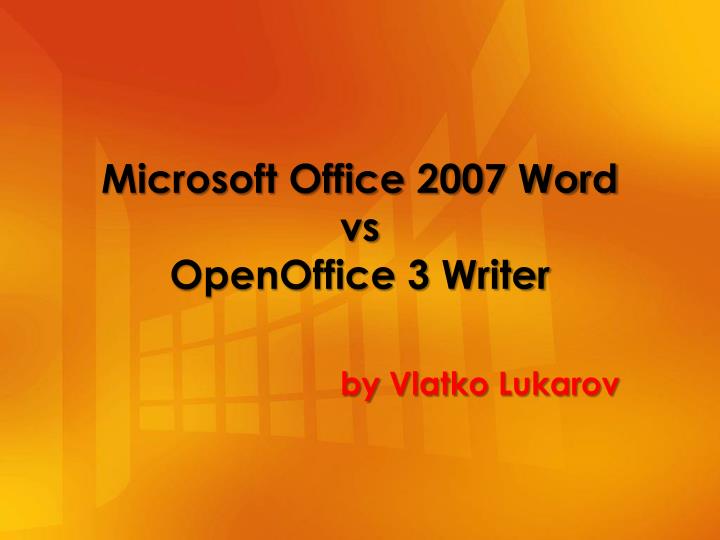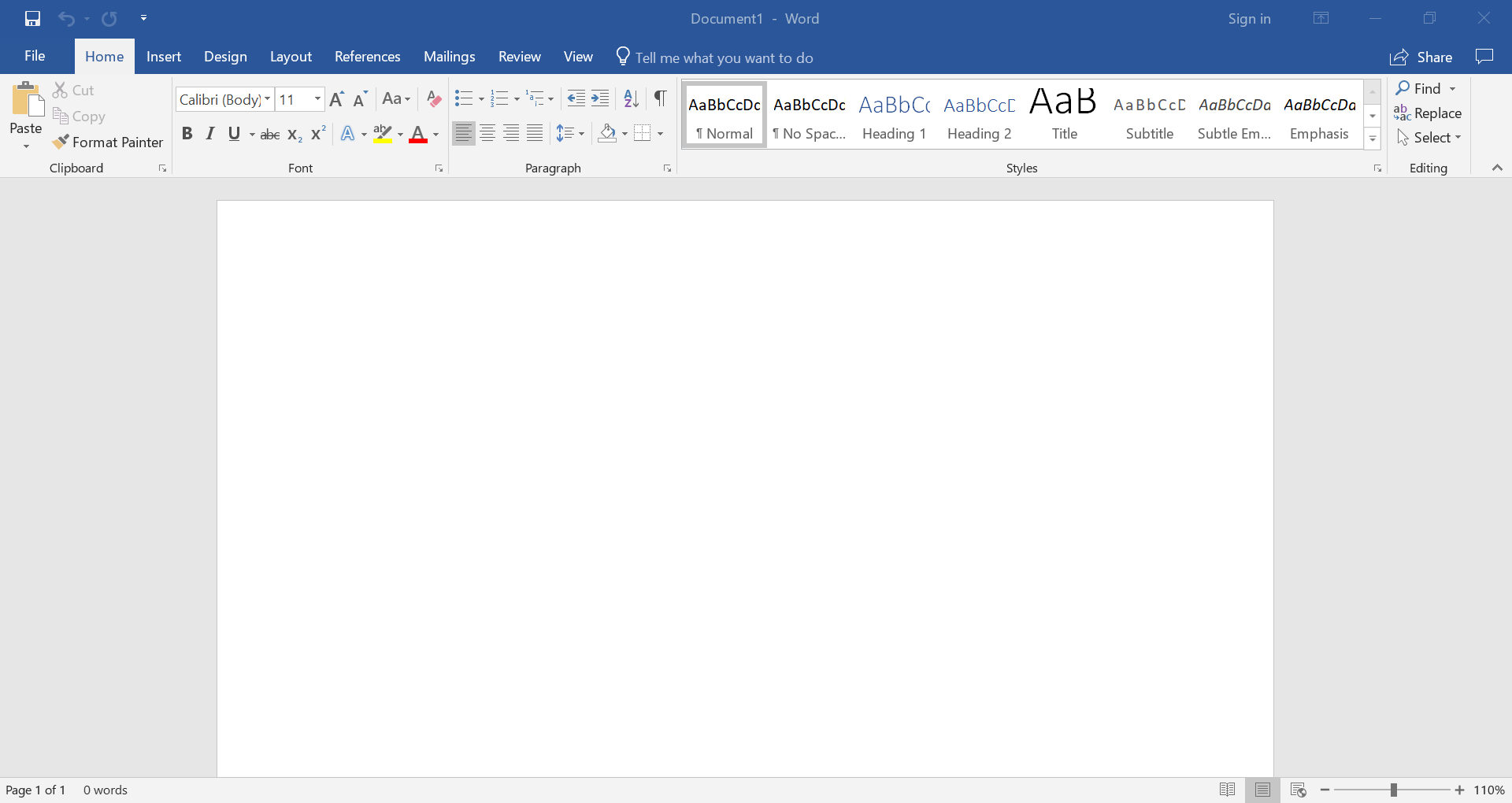

Productive Writing Environment: Tieīoth programs feature a clean writing pane where you can type and edit your project. Both apps offer features you’re probably not already familiar with, so expect to spend some time reading the manual. You’ll be able to start typing right away and master the new features as you go. No matter how familiar you are with it, you’ll have to spend time learning new features like outlining, track changes, and review.īut neither program will feel alien. You’ll also need to spend time learning its unique features, the ones you’ll find particularly helpful for your writing. Scrivener will have a bit of a learning curve just because you’ve never used it before. Many aspects of its user experience are already familiar to you. If you’re like most of us, you grew up using Microsoft Word. It’s a general-purpose writing tool with dozens of features you don’t actually need to write a novel and many that you do.

Microsoft Word is overwhelmingly the most popular word processor in the world, so you’re probably already familiar with it. All of those features result in a learning curve that pays off in time. It empowers you to write, research, restructure, track, and publish your work.

It’s a feature-rich application with a focus on long-form writing. Scrivener is a favorite among serious writers. Which is better for your writing goals? Read on to see how they compare. But what about specialized writing software? Will it actually make the job any easier? Using a familiar tool is one less hurdle to contend with when tackling a writing project. “I don’t need a special program for book writing I just need Word.” I’ve heard countless writers say that, and it’s true.


 0 kommentar(er)
0 kommentar(er)
